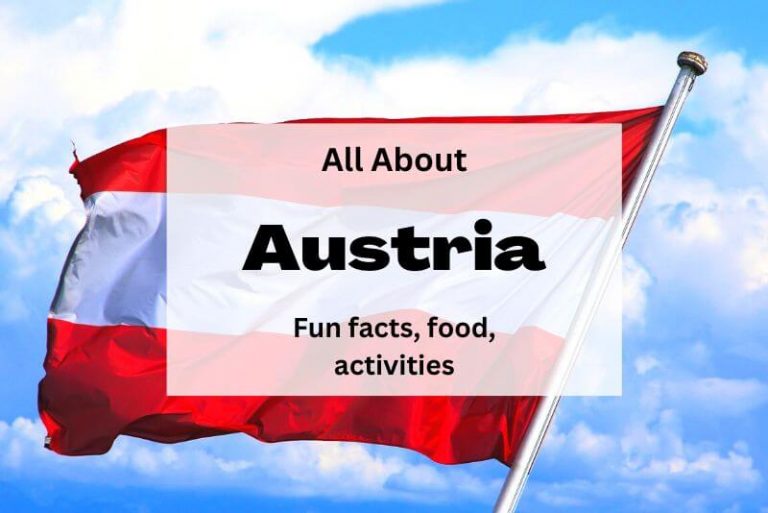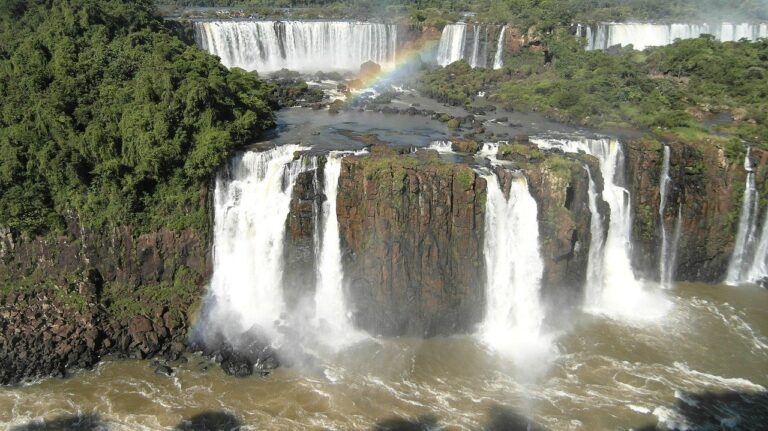12 Fun Facts All About Bolivia plus Crafts, Food, and more!
If your kids want to learn about countries around the world, this is the place! We are going through each country and today we’re learning all about Bolivia with some Bolivian crafts, food, and fun facts.
Let’s Jet, Kids! uses affiliate links. As an Amazon (and other networks) Associate, I earn from qualifying purchases. It is no extra cost to you. See full disclosure policy for more info.
Read on to find out about crafts from Bolivia, a local cuisine dish, the Uyuni Salt Flat, and more! The kids will have a great time learning with hands on activities all about Bolivia!
Don’t forget to check out The Travel Book post for awesome resources full of pictures!
Hop on the plane, put on some music, and let’s take the kids to Bolivia!
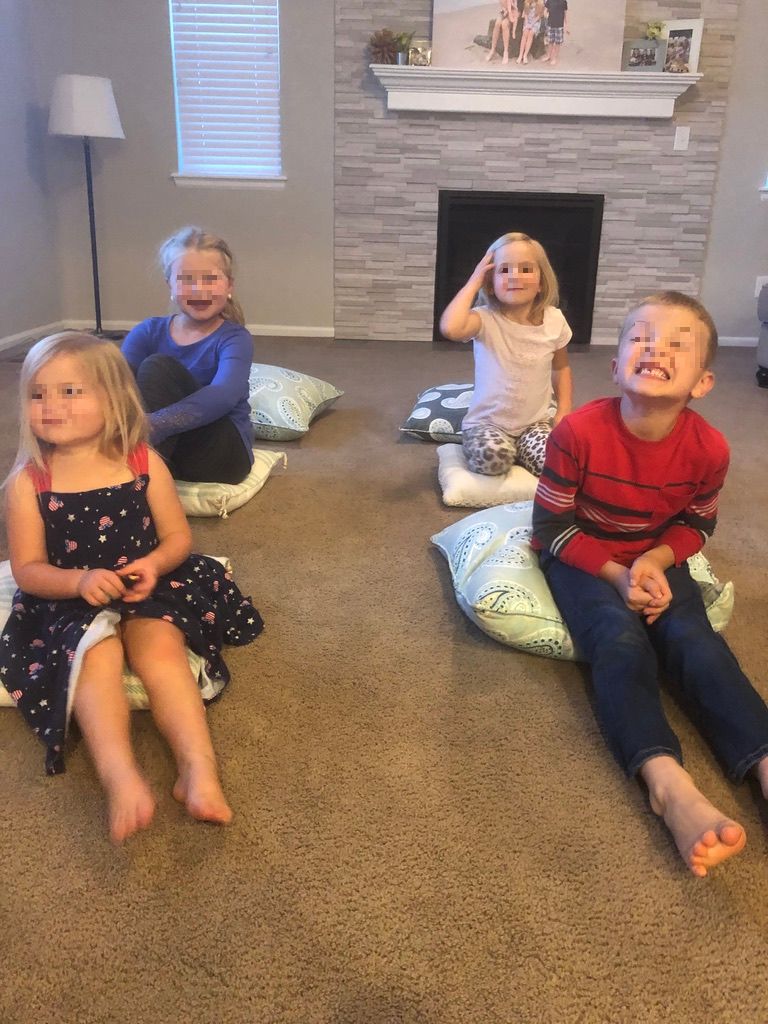
Table of Contents

12 Fun Facts about Bolivia
- Bolivia is a very diverse country when it comes to climate and terrain. It has the Atacama dessert (the driest place on earth), as well as part of the Amazon rainforest.
- It also is home to the Andes Mountains.
- While Bolivia is landlocked, it does host Lake Titicaca, the highest lake in the world (that you can get to). Isla del Sol is the largest island within Lake Titicaca.
- Bolivia originally belonged to the Inca Empire, until Spaniards occupied and controlled Bolivia for a time. In 1825, Bolivia gained its independence.
- Bolivia has the largest indigenous people of all the countries in Latin America.
- There are many active volcanoes in the Andes mountains, with the most recent one erupting in 1995.
- Bolivia also has the impressive Salar de Uyuni, the highest flat salt pan in the world! It is over 2 miles above sea level. Here’s a cool, quick YouTube video to see the salt flat Watch Here
- Bolivia is known to have two capitals: La Paz and Sucre. La Paz is better known and this is where government resides. Sucre is technically the capital that is written in Bolivia’s constitution. (Find out how they got their names in the history section below!)
- Not far from Sucre, you can find the largest collection of dinosaur footprints in the world!
- La Paz is the highest city in the world, sitting just under 12,000 feet.
- The most popular sports in Bolivia are soccer (“fútbol”), tennis, and swimming.
- Bolivians speak Spanish, but some parts also speak Quechua, Aymara, and Guarani.

Uyuni Salt Flat
History of Bolivia
In 1532, Spanish explorers came to Bolivia in search of gold and silver. They found it, and shipped over 40,000 tons of silver back to Spain using the indigenous people for the hard work. In the early 1800’s, the people of Bolivia rose up and fought.
Simón Bolívar, from Venezuela, led an independence movement for many of the South American countries. When independence was won, the country was named after him, and he was its leader for a short time in 1825.
Shortly after in 1826, General Sucre was elected as new Bolivia’s first president.
Language of Bolivia
Some simple Spanish phrases and words can be found in our post on Argentina!
Quechua are Inca descendants in South America who live in the Andes Mountain region. Their population goes from Ecuador to Bolivia. Here are a few words to practice in Quechua-
Allianchu- hello, how are you?
Allianmi- I’m well, thank you
Munay- many meanings about expressing love or admiration. For example, you would say “munay” if you like their dress, or if you’re grateful for a favor.
Llankey- work. Those in the Andes work very hard, and can be recognized by saying “llankey”
Sulpayki- thank you
Bolivian Food – Dishes from Bolivia
You can’t learn all about Bolivia without learning about Bolivian food!
People of Bolivia eat an array of foods like fruits, vegetables, beef, and chicken.
One popular dish is Sopa de Mani, or “peanut soup.” We made this for dinner and, though it sounded a bit interesting, we actually really enjoyed it!
Here’s the recipe we made to learn All About Bolivia: Sopa de Mani (You might need to hit the English Translate button when prompted. There was an ingredient at the bottom we didn’t use as I didn’t know where to find it).
We used bowtie noodles instead of macaroni (the store didn’t have any at the time…!)
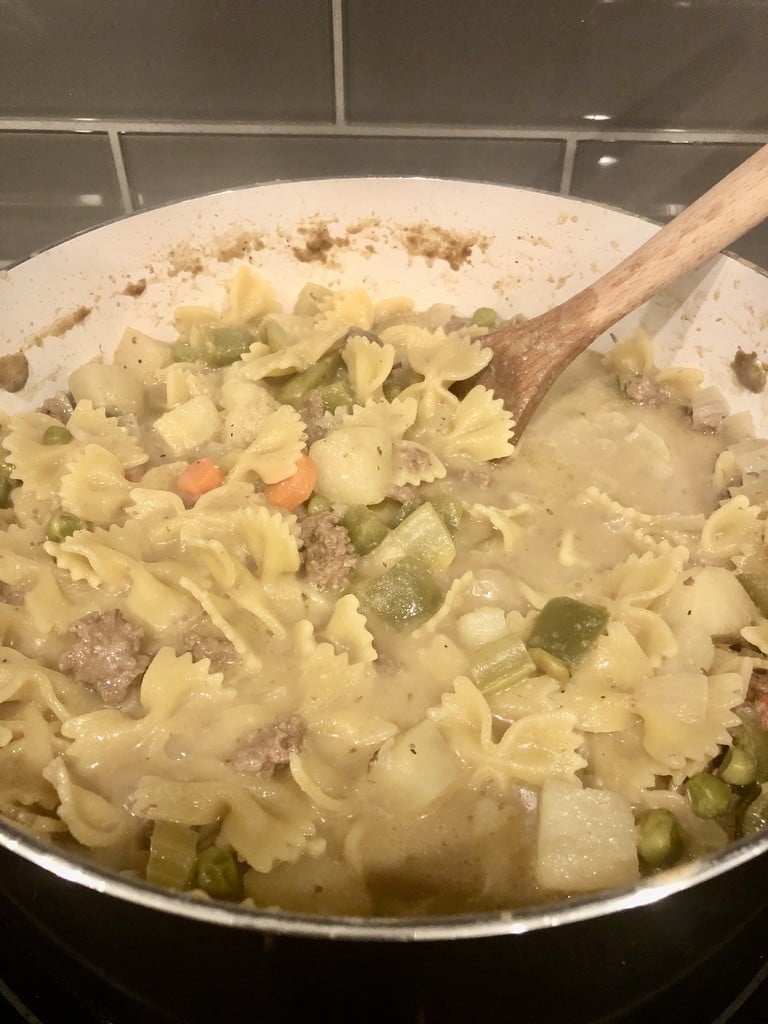
Another very popular food in Bolivia is Buñuelos. These are basically fried dough with cinnamon sugar, and the kids really liked these. I adapted a recipe from the book Bolivia: Enchantment of the World by Nel Yomtov. (available at Amazon or perhaps your local library).
How to make Buñuelos
- 2 c. flour
- 1/2 tsp each baking powder and salt
- 1/4 c sugar
- 1 egg
- 1/2 cup milk
- 2 T melted butter
- oil (Vegetable or coconut, enough to fry with)
- cinnamon sugar
Beat the milk and egg together. Add on top the flour, baking powder, salt, and sugar. Mix all together. Add melted butter and mix. Form dough into small balls, then gently smash between your hands. Place the flattened balls into a pan filled with hot oil and fry until golden (if the oil isn’t deep enough, you may have to flip the dough halfway thru cooking). Remove dough balls once cooked through and let cool on paper towels. Then, roll each buñuelo in cinnamon sugar.
These Buñuelos are a great way to learn all about Bolivia as you taste a food of the locals.
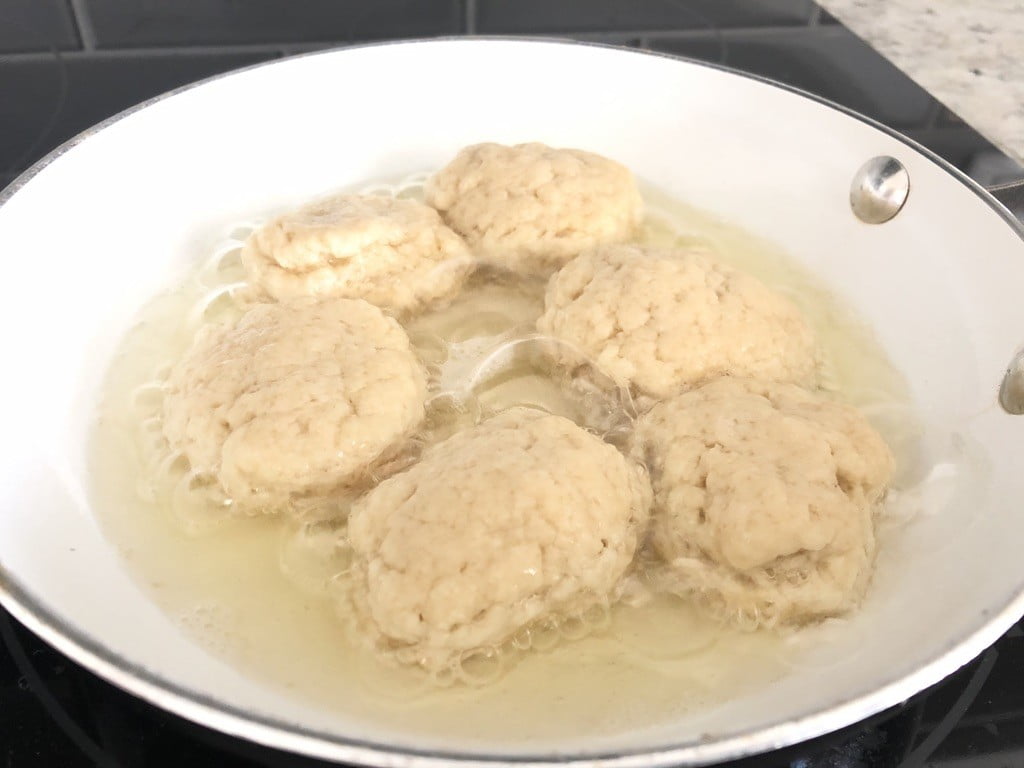
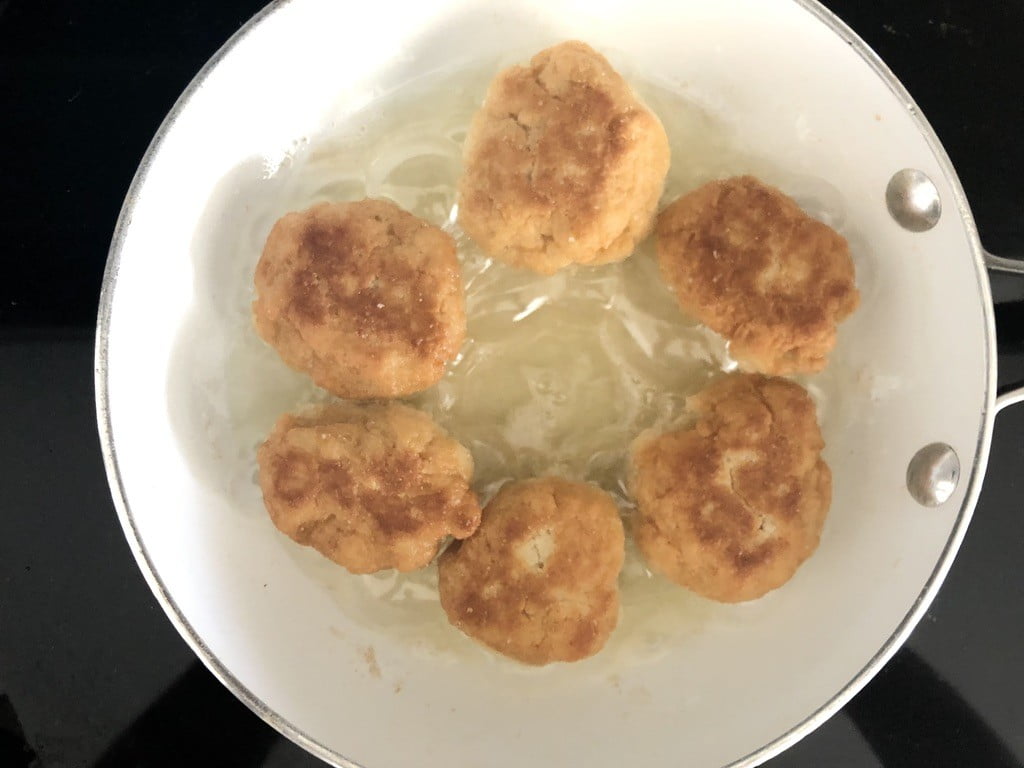


Activities about Bolivia
Learn all about Bolivia with these fun, hands-on activities!
Salt flats activity
Do you know how a salt flat is formed? In parts of the Earth, the surface is such that water cannot absorb back into the Earth. All that is left for the water to do is evaporate. When the water evaporates, it leaves behind all the minerals contained in it.
To see this in real life, we took a small, shallow container and lined it with foil (this just helped to visually see what happens!)
Fill the container with about a quarter-inch of water, and then set it aside for a few days. Ours took about 3 days to completely evaporate, but it depends on your climate where you are.
After a few days, look at the foil in the container and you’ll be able to see the minerals!

This is what was left from our small amount of water. Imagine a huge area of land covered in water, and then the water all evaporates! All the salt and minerals get left behind and form great salt flats.
Silver Transport Race
The kids loved this activity about Bolivia’s history.
Since the Spaniards transported over 40,000 tons of silver from Bolivia to Spain, we did a little relay race to see who could transport their silver the fastest.
All you need for this is a bucket or container, tin foil, and two small containers. I also drew out a basic template of Spain.
Wad up 16 balls of tin foil into balls. Put 8 in each of the two containers and set them a couple feet apart from each other on one side of the room. Tape on your drawing of Spain to the bucket/container. Put the container on the opposite end of the room (the farther the better!)
Split into teams (adults may play too, of course 😉 )
One player at a time from each team grabs a ball of silver and runs it to the bucket on the other side of the room. When they come back and pass the start line, the next player may go. Keep taking turns until all the silver is in “Spain.” The first team who gets their silver in the bucket first, wins!


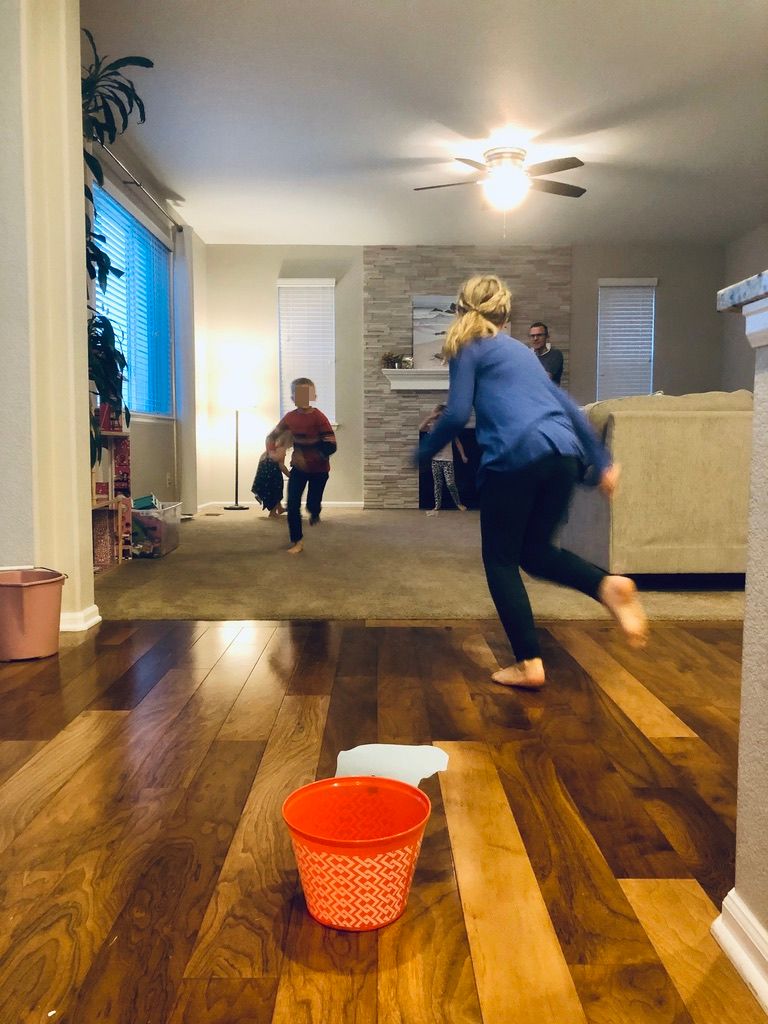
Craft for Bolivia: God’s Eye

The ancient symbol “Ojo de Dios,” or God’s Eye, is from the Aymara Indians of Bolivia. It is made with yarn being wrapped around a cross and symbolizes God watching over and protecting the people who pray.
These can be made on twigs, but for convenience we made them on popsicle / craft sticks. These are a great way to incorporate a Bolivian craft in your All About Boliva evening.
All you’ll need is a few different colors of yarn cut into 2-3 foot strands (for each person), 2 popsicle sticks per person, and some glue (hot glue is best as long as the adult does it!)
Directions:
Glue two popsicle sticks together through their middles, to create a T shape. Then you wrap the first color yarn around each stick, one at a time, until the yarn runs out. At that point, tie on the second color yarn to the first piece of yarn and continue. Repeat with the third color of yarn and glue the final end to the stick.
For more detailed instructions, see here.

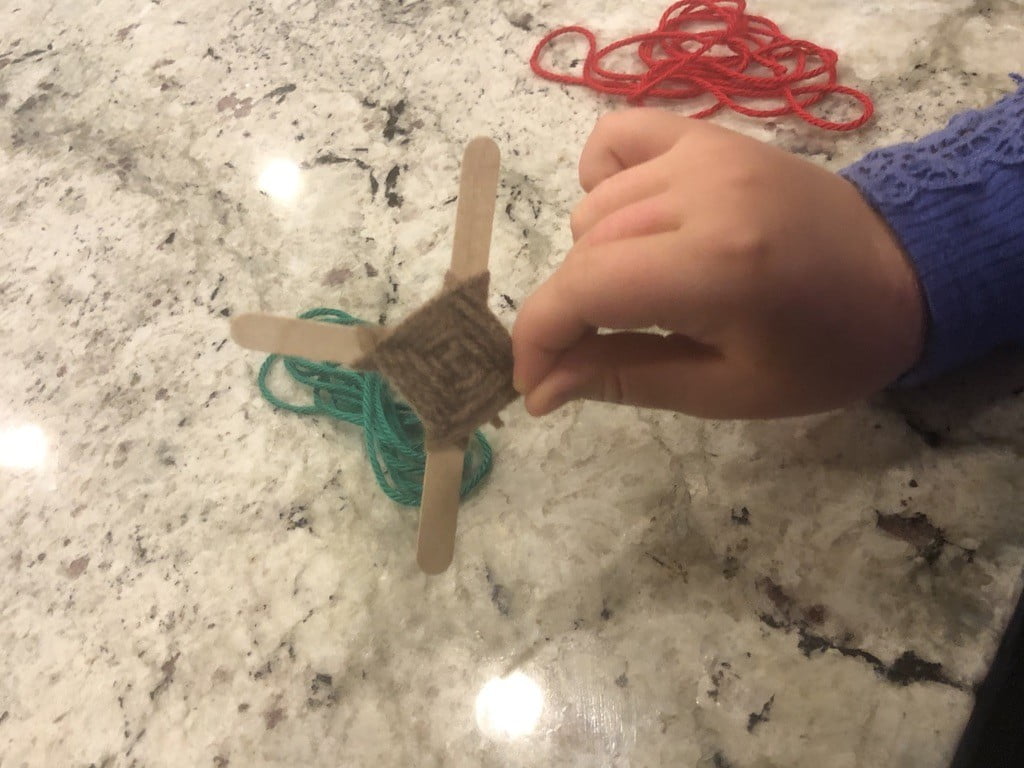

All About Bolivia for Kids
Bolivia is such an interesting, fun country to learn about. We loved making the Bolivian crafts, having a fun race, and learn a bunch of interesting facts about Bolivia.
I hope you enjoyed learning all about Bolivia!
Save this to Pinterest!
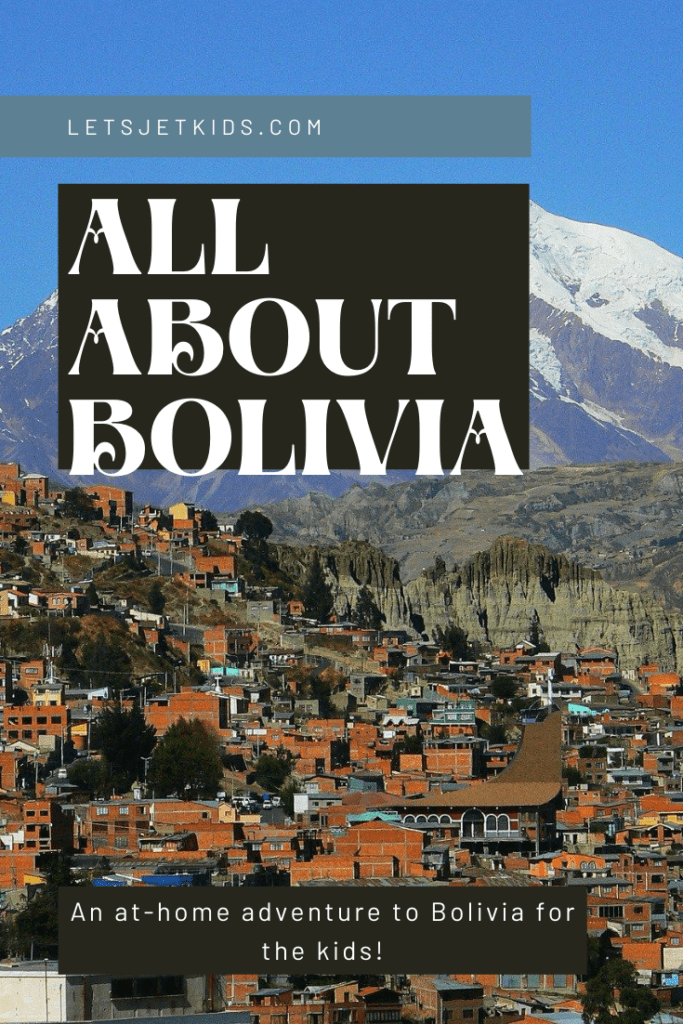
Are you going to try the peanut soup? (It’s really good!) How about the Ojos de Dios craft?
You may also like:
Around the World at Home- Argentina! and Paraguay from Home!





